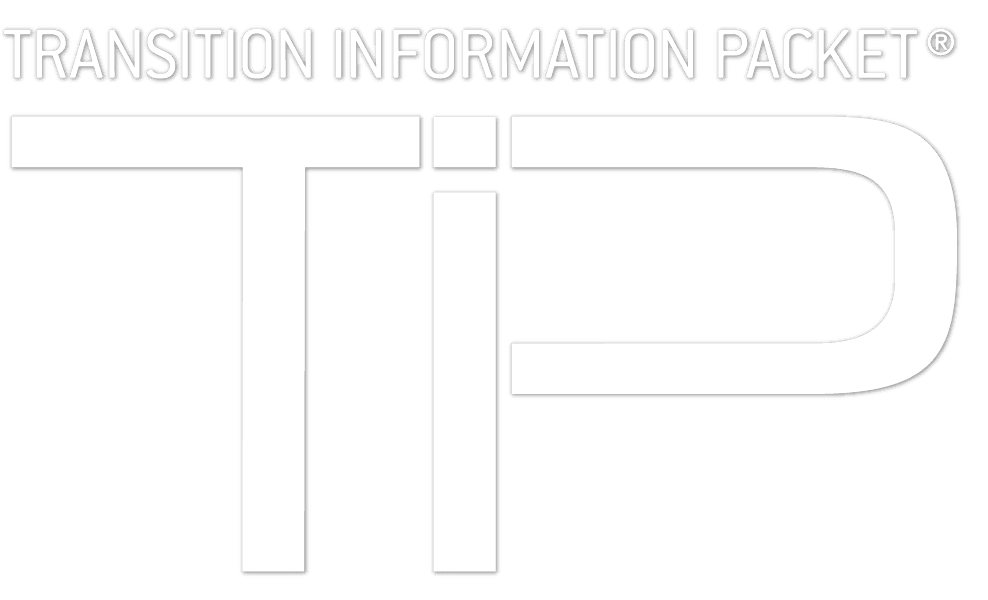The effective management and control of infectious diseases presents a critical challenge for healthcare workers and officials across the globe. Fortunately, advances in the development and adoption of point-of-care testing (POCT) solutions may provide solutions to this challenge by quickly identify infectious diseases and providing actionable information to improve disease management. What sets these tests apart is that they may be utilized in especially in resource-limited settings using POC molecular diagnostics tools, including portable device and assays. These tool kits may be used by healthcare professionals to detect and diagnose diseases in human samples such as serum, blood, throat swab, and stool.
There are two main types of POCT, immunoassay-based tests and molecular tests. The immunoassay tests detect analytes extracted from a potentially infected patient, and then assessed for microbial antigens and host antibodies. Molecular POCT are polymerase chain reaction (PCR)-based tests which have a higher sensitivity and specificity compared to immunoassay tests or rapid antigen detection tests (RADT). MarketsandMarkets reports that the global point of care molecular diagnostics market was valued at $632.5 million in 2017 and is projected to reach $1,440.2 million in 2023, at a compound annual growth rate (CAGR) of 14.7%. However, the molecular diagnostics segment only makes up 20% of the infectious disease POCT market in the United States. Despite this small percentage, North America is expected to account for the largest share of the global POC molecular diagnostics market. This is attributed to the growing prevalence of infectious diseases, increasing number of CLIA product approvals, and rising government initiatives – however, Asia Pacific is expected to grow at highest CAGR.
Frost & Sullivan provides extensive coverage on these markets and reports that near-patient testing may provide more accurate results than when patient samples have to be transported to laboratories, mistakes carried out during sample handling prior to testing can lead to a 32-75% margin of error, which can cost anywhere from $200 to $2000 per incident. Furthermore, the molecular POC tests have clinically proven better sensitivity and specificity (>95% on an average). The following are identified as major growth areas in this market:
- New multiplexing ecosystems able to test for multiple infectious diseases
- Smartphone-based POCT
- Biochip Array Technology (BAT)
- Lab-in-a-Drop
- Host Biomarkers
- Paper-based Assays (PBA)
- Portable Molecular Diagnostics (MDx)
Frost & Sullivan recently published its analysis, Global Medical Technologies Industry Predictions, 2019 covering 20 growth opportunities forecasting the longer-term growth opportunity to be $173.06 billion by 2024, with a CAGR of 22.0%. This analysis includes smartphone-based solutions, as they present a $2.11 billion opportunity by 2020, which is attributed to enabling technologies such as AI, machine learning, AR/VR, Internet of Things (IoT), and big data analytics, coupled with existing smartphone tools like cameras and external sensors, which are seen as transforming smartphones into powerful and cost-effective diagnostic tools.
The key players in the global Point of care molecular diagnostics market are, Roche Diagnostics (Switzerland), Biomerieux (France), Danaher (US), Abbott Laboratories (US), Quidel (US) and Meridian Bioscience (US). Tin terms of growth strategies, these players focus on organic strategies such as product launches and approvals to sustain their growth in the POC molecular diagnostics market. For example, Abbott has been partnering with the U.S. Department of Defense (DoD) and researchers from the Transforming Research and Clinical Knowledge in Traumatic Brain Injury (TRACK-TBI) Network to take POCT beyond infection diseases to evaluate the effectiveness of Abbott’s developing POCT designed to help clinicians assess brain injuries within minutes, using only a few drops of a patient’s blood.
Posted on October 8, 2019 by Eliza Gough



